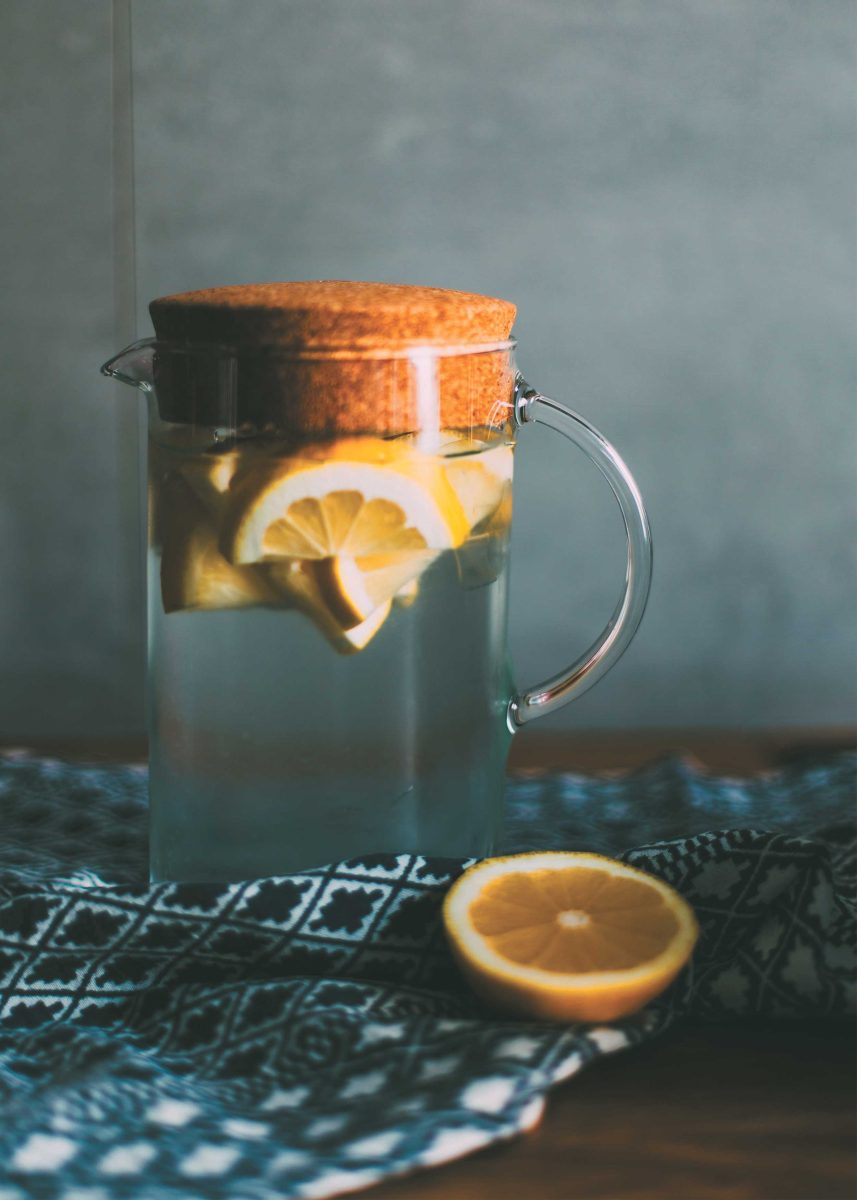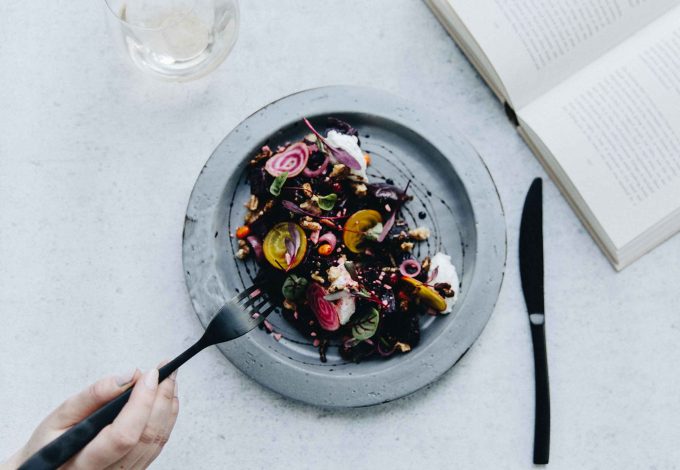AT THE HEART OF THE HUMAN BODY — Water is essential to life. From childhood to adulthood, in sickness but also in perfect health, water plays a crucial role and is part of a healthy lifestyle. It represents 60% of an adult’s body weight and is involved in many bodily functions, such as controlling body temperature, transporting nutrients, maintaining blood volume, lubricating the joints, and regulating blood pressure.
OUR WATER NEEDS
The amount of water we should consume on a daily basis varies according to different factors, such as the level of physical activity, age, and gender, but also the ambient temperature and humidity, as well as the presence or absence of certain symptoms such as fever, vomiting, or diarrhea. In these situations, there are increased fluid losses, and an additional water intake is necessary to replace them and maintain adequate hydration.
In Canada and the United States, the Institute of Medicine (IOM) has established recommendations in the form of Dietary Reference Intakes (DRIs). These take total water intake into account, including water, beverages, and food. The latter meet about 20% of our hydration needs. Foods such as leafy greens, cucumber, celery, melons, and berries have a high water content. For example, strawberries, watermelon, lettuce, cabbage, spinach, celery, and broccoli are all made up of 90 to 99% water. Eating more fruits and vegetables therefore helps maintain a good hydration level.
Excluding food, the recommended DRI for women aged 19 and older is 2.2 L of water/day and 3 L/day for men of the same age group. The recommended DRI increases for pregnant and breastfeeding women. For children, water needs also vary according to gender and age group. For example, for girls aged 9 to 13, the recommended DRI is 1.6 L/day and 1.8 L/day for boys of the same age group.
Besides water itself, the body’s main sources of water are other beverages, such as tea, herbal tea, coffee, milk, and fruit and vegetable juices, as well as foods, particularly fruits and vegetables. However, throughout the day, the body loses water in urine and stool, as well as through breathing, sweating, and the skin. The body sends a thirst signal when the weight loss caused by dehydration reaches 1%. When it reaches 5%, symptoms such as dry mouth, headaches, and difficulty concentrating appear. Finally, when the weight loss due to dehydration reaches 10%, it can be fatal. It is therefore important to replace fluid losses regularly during the day to reduce the risk of dehydration.
CAFFEINE AND ALCOHOL
With respect to caffeine, research does not allow us to conclude that it has a diuretic effect that can lead to dehydration. Studies show that, above 180 mg per day (about two espressos), it can temporarily increase urination in certain individuals, but not necessarily lead to dehydration. Caffeinated beverages, including tea and coffee, can therefore contribute to the total daily water intake.
As for alcohol, its diuretic effect is mediated by the suppression of arginine-vasopressin, an anti-diuretic hormone that sends a signal to the kidneys to reduce urination and reabsorb water into the body. By suppressing this hormone, alcohol makes it easier for the body to eliminate water. Alcohol consumption may therefore increase the risk of dehydration, especially on an empty stomach. Consuming alcohol with food and alternating with water may reduce this risk.
TIPS FOR MEETING YOUR NEEDS
Water may not be the most attractive beverage for everyone; however, it should be the beverage of choice on a daily basis. Here are a few tips to help you drink more:
- Always start your day with a glass of water. This is a habit that is fairly easy to integrate into your daily life, but which can make a difference.
- Always have a reusable water bottle available. You can also use a water bottle marked with the hours of the day to remind you to drink regularly.
- Flavour your water with berries, slices of cucumber, lime, or lemon, as well as fresh herbs, such as mint or basil. That way, you will get a tasty and endlessly customizable beverage.
- Consider serving water with meals. Simply placing a pretty jug of water on the table may motivate you to drink more.
- Drink herbal tea, tea, coffee, milk (skim, 1%, or 2%), vegetable-based drinks, or 100%-pure fruit or vegetable juices. These beverages mainly consist of water and are also great sources of hydration. For tea and coffee,as well as for any other caffeinated beverage, just make sure to limit your caffeine consumption to 400 mg per day for adults (about eight cups of tea or two to three cups of coffee), and 300 mg per day for pregnant or breastfeeding women (about six cups of tea or one to two cups of coffee).
- Use an app to monitor your daily water consumption. This type of application gives you a better idea of your current intake and allows you to increase it if it is insufficient with the help of customizable reminders. Examples of apps include Aqualert, Plant Nanny, Waterlogged, Eau Reminder, and H2O Aqualert.
- Pay attention to the symptoms of dehydration: thirst, dry mouth, headaches, dark yellow urine, etc. These signals sent by your body remind you that it is essential to regularly drink enough water.
You are now better informed about the essential role of water for the human body and well-equipped to meet your daily water needs.








